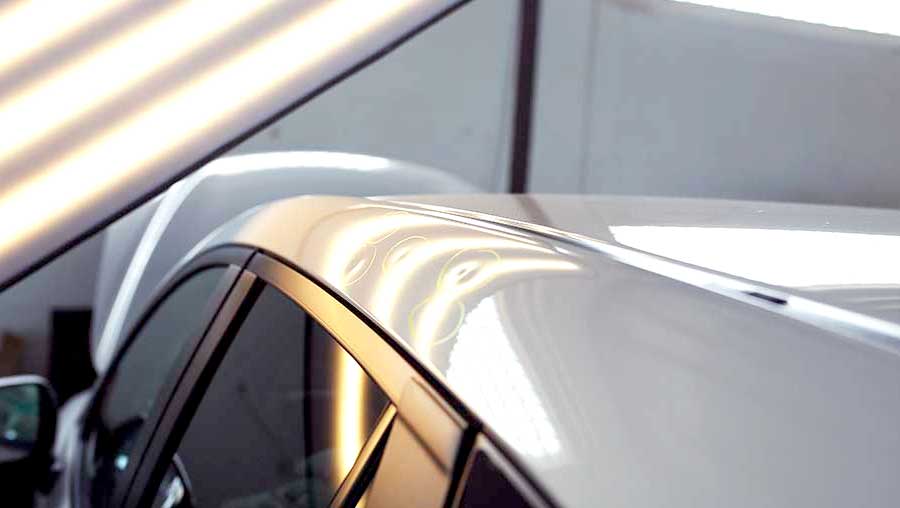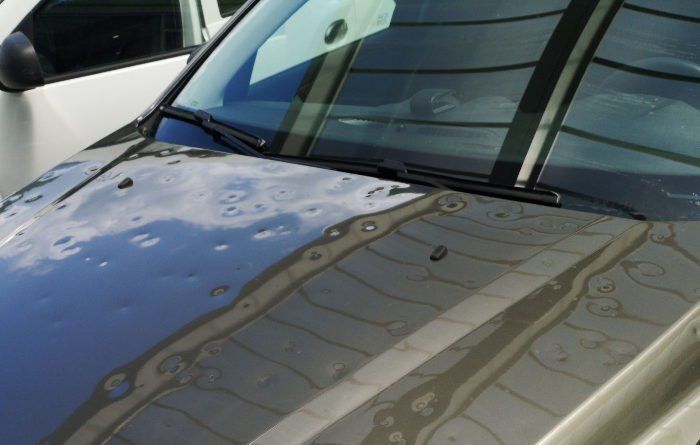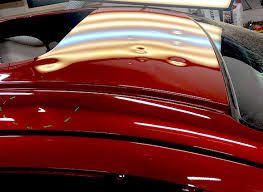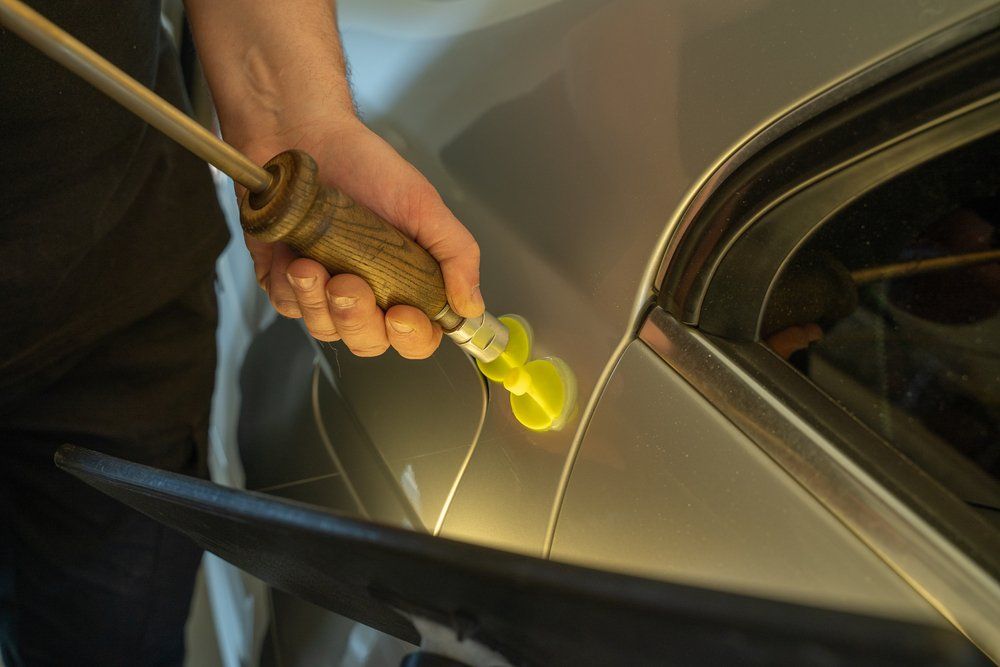How to Inspect Your Oil

In today's world, many people simply take their car to a body shop when their car needs an oil change, so they never learn how to inspect their own oil. While you may not always need to know how to check your own oil, it can be a valuable skill to have in case you aren't able to take it into a body shop to be changed by a professional. If you are unsure as to how to inspect your own oil, make sure that you keep reading for an in-depth explanation of how to check your oil today.
Locate the Dipstick
Whenever you decide it's time to inspect your oil, you need to start by locating your car's dipstick. The dipstick can vary in position but will generally be on the passenger side of your vehicle. The dipstick will also have a handle that is either orange, red, or yellow. The dipstick is generally towards the front of the engine, being marked with an oil can.
Remove the Dipstick
Once you have located the dipstick, you will be able to simply remove the dipstick. If you have healthy oil in your car, it will likely be either black or brown, with no debris. Make sure that you check it once or twice, ensuring that you have an accurate result. If you notice that your oil has any of the following conditions, make sure to change it out: Sludgy, milky color, dark black, disgusting smell, or debris. Once you have checked your dipstick, you will have a good gauge of the quality of your oil.
Wipe the Dipstick
Now that you have checked to make sure that your oil is clean, you will need to ensure that you have enough oil in your engine. You will want to start by taking a lint-free towel to wipe the dipstick and stick it back into the engine. Now, take it back out and check the level of oil on the stick. Every dipstick is marked slightly differently, but every dipstick will have some sort of marking for high and low levels. If your oil level is outside of the high and low, then it needs to be changed. Now that you have checked the oil level, you can simply reinsert the dipstick and close the hood.
Some Tips to Keep in Mind
Whenever you decide it's time to inspect your oil, you need to keep a few things in mind. Anytime you are working under your hood, it's vital that you don't work on a hot engine. If you have recently been driving your vehicle, you need to raise your hood and allow it to sit for at least ten minutes before you do anything to your car. By doing this, you will enable your car time to cool down. Attempting to inspect your oil while your engine is hot is not advisable for a few reasons. From an accuracy point of view, inspecting your oil right after your vehicle has been driven will provide you with bad results. The oil inside your engine will move about, sloshing up the stick and making the oil level seem higher than it really is. In addition, the heat could mess with the actual quality of the oil, giving you an invalid result. From a safety standpoint, inspecting your oil with a hot engine can be exceedingly dangerous. The metal inside of your engine will be scorching, causing serious burns to anyone who dares to touch it. Make sure that you take the time necessary to ensure that your engine is cool before working on it, making sure that you have accurate results and keep yourself safe.











